
Join the tribe of Movement & Calisthenics Athlete – People just like you that are working with their own body weight to get strength, lose fat build muscle, recover from injuries and live their best lives!
Have you ever experienced pain in your elbows when performing or after chin-ups? If so, you might be suffering from a golfer’s elbow.
Golfer’s elbow is one of the most common injuries that impact athletes and weekend warriors alike. It can affect anyone who does repetitive overhead activity, such as playing golf or tennis, but it also afflicts weightlifters and athletes when they do exercises like bench presses or chin-ups.
But for calisthenics practitioners, golfer’s elbow is a very common issue that stems from doing a lot of chin-ups. The chin-up, along with its variations and progressions, is an amazing exercise to build an overall healthy body. Whether you want to build muscle, develop strength, lose fat, or learn calisthenics, chin-ups are a must-have so passing up on this exercise is not an option to have.
In this article, we will explain why this happens, how you can recover, and what can be done to avoid it!
If you’re interested in learning more about this topic, then let’s continue with the discussion.
What is pain?
Let’s first define what pain is.
Pain is a sign from your body that something is wrong. For an obvious example, if you touch a hot pan, your body will immediately send a signal to your brain so you can experience pain. As a response, you’ll move away from the pan to prevent you from further damaging your body.
So perceiving pain this way, we can say that pain is actually not an enemy, but an ally to help us identify any issues that can be happening to our body.
Tennis elbow vs Golfer’s elbow
Photo from Scientific Animations
Golfer’s elbow is more common than tennis elbow. Nonetheless, both conditions can still happen when training incorrectly or too aggressively.
Here’s a brief difference between the two and how you can generally treat them.
Golfer’s elbow
Induced through repetitive strain injury, golfers elbow refer to as medial epicondylitis.
Golfer’s elbow occurs on the outside of your forearm (medial), while tennis elbow affects the inside. Both injuries cause pain and tenderness around the bony bump at the side of your elbows, but golfer’s causes additional pain in front of this bump as well. Golfer’s elbows can also cause a lower grade fever for up to three days after you injure it – so if you wake with an ache that doesn’t go away within 30 minutes or so, don’t ignore it!
Treatment:
Dialing back the exercise that exacerbates the issue is the first step. While full rest seems like a logical move, this can actually be counterproductive with the rehabilitation process.
Instead, we recommend moving to address the issue rather than letting the pain subside on its own.
There are many ways to treat these types of conditions by using different stretches and exercises such as wrist flexors stretches, tendon glide stretches, and strengthening muscles in the surrounding area to minimize compensation that can trigger the condition.
Tennis elbow
Tennis elbow AKA lateral epicondylitis refers to a condition that causes pain on the outside of your elbow (lateral). This is caused by overuse and muscle imbalances around the tendon causing tightness, which eventually leads to inflammation.
Treatment:
Similar to treating a golfer’s elbow, the condition doesn’t get resolved through full rest alone. Treatment requires proper movements and stretches that can fix the issue rather than just make the pain subside.
When to seek medical attention
Visiting your local physical therapist provides a more accurate diagnosis and treatment plan to reduce pain in your specific situation. When pain occurs (especially for extreme pain during very subtle wrist movement), it’s best to seek professional help.
Our bodies and situations are different so your case of golfer’s elbow might not be the same as the next guy. Injuries and pain are best treated with personalization and individuality.
But if the pain seems manageable, you can proceed to adjust your experiment and do the necessary steps to improve your situation. However, keep in mind the term “MANAGEABLE”. Even if you can handle extreme pain, stop. Don’t push through pain in which we’ll talk about more later.
Pull-ups vs Chin-ups
Pull-ups and chin-ups are the best pulling exercises to build a strong posterior chain in the upper body.
Chin-ups are usually performed with a supinated grip (palm facing you), while pull-ups use a pronated grip (palm facing away from you).
Pulling exercises can also be performed in neutral or mixed grips to hit different muscles from the elbow flexors and extensors. However, some people find that they feel discomfort during chin-up due to stress on their wrists or elbows
Why elbows hurt when doing chin-ups – Golfer’s Elbow/Golfer’s Shoulder
One common reason for your elbow pain is the golfer’s elbow (medial epicondylitis) which is inflammation of the bicep tendons at the medial side of the humeral epicondyle caused by repetitive actions such as gripping the golf club too tightly over time causing microtears inside tendon fibers.
In chin-ups, this occurs due to the motion of supinated grip. In order to pull the body up with the chin-up grip, your lats work with your flexor muscles. These flexor muscles are connected to the inner part of your elbow. This puts them at risk of inflammation when performing chin-ups.
There are three main reasons that cause golfer’s elbow from chin-ups:
- Too much loading – It’s either the exercise is too heavy, too much training frequency, or too much training volume.
- Incorrect form – Your lats should be the primary mover of the exercise. Due to bad form, your body could compensate by relying more on your flexor muscles to perform the exercise.
- Lack of upper body mobility – Chin-up requires a good amount of shoulder flexion, external rotation, and supination. Lack one of those three, then you’ll put your elbows at a higher risk. Especially for the supination since it places an amount of torque on the elbows.
- Incorrect activation – You can easily shift your focus too much on your grip especially during the last reps. If this happens, you tend to lose activation on your lats and put more emphasis on your flexor muscles aggravating your elbows.
Weakness in other muscle groups – There’s a strong association between weak traps and shoulder muscles and elbow pain.
STOP reps when in pain
We usually blow past the obvious. First and foremost, when you experience pain at some point in the exercise, stop the exercise so you can further assess your situation and stop the pain.
Continuing the movement that causes pain will more likely exacerbate the situation. You can’t expect that pushing through the pain and moving on with the exercise will heal the injury.
Remember that pain is the signal of our bodies to our brains that there is something wrong. If you’re doing pull-ups or chin-ups and there’s elbow pain, there’s probably a weakness or already underlying problem in the arm, to begin with.
Life is not a race, and opting for prevention is always better than opting for recovery. Once you get injured, it’s more difficult to recover than make changes while the pain is still minimal and controllable.
Adjust your training approach
When I said stop, I only mean to stop the reps of the specific exercises and protocols (intensity and volume) that are causing or aggravating the pain, but this doesn’t mean you have to stop the whole training.
What you can do is adjust the factors that might be causing the overloading on your overall training. Here are the three factors you can adjust:
Intensity – The chin-up or pull-up progression you are using might be too difficult for you for your current situation. Consider regressing to an easier exercise even if you opt for a higher training volume for now.
Volume – This can be perceived as the sets x reps in relation to the exercise intensity. As you adjust the exercise difficulty, lessen the training volume by decreasing your reps, sets, or both that is comfortable for you with your current condition.
Frequency – The regular training frequency for such exercise is around 2 to 3 times per week. You can even go 4 times if you’re trained for it. But when elbow pain is present, you can dial back down to a lower training frequency along with other specific exercises addressing the issue.
Do proper form
Sometimes, we’re just following the movement pattern and rushing through the exercise. We don’t realize that we’re actually cheating with our pull-up or chin-up and most people cheat through the grip work, shoulder position, or other techniques of the pulling exercises.
Here are some of the cues you need to be aware of to ensure you are correctly and safely executing the exercise to avoid tendonitis. These cues generally apply to all chin-up and pull-up progressions:
- Maintain core tension to maximize force generation
- Complete body control throughout the range of motion
- Drive your elbows towards your hips and back
- Fully retract and elevate your shoulder blades when you initiate the movement as through the motions
- Avoid flaring of elbows
Wrist position
Excellent sample of a bad and good wrist position from Jeremy Either of Built by Science
Notice that you might slightly flex your wrist at the top of your chin up? or maybe you are pulling your wrist outwards at the top of the pull-up.
If you’re using your forearm excessively by actively engaging it internally or flexing it to add more height on your pull-up, you’re adding more stress on the tendons of your elbow which leads to elbow tendonitis.
How do we combat this and save ourselves from the hurt and pain?
Actively focus and rely on your posterior chain muscles to get you over the bar. Maintain a vertical wrist position throughout the pull move to avoid adding unnecessary tension to your elbow joints.
Another solution could be is using straps on your wrist to help you stay on the bar without having to grip the bar hard that usually develops the injury.
Stabilize your shoulders
Placing your shoulders for chin-ups in the wrong position can damage your shoulder over time, and place unnecessary loading onto your elbows as well. Wrong shoulder placement also robs you of the maximum force generation which also lowers your potential to grow.
To stabilize your shoulders, you need to perform two motions: shoulder depression and scapula retraction.
Shoulder depression can be done by simply pulling your shoulders down as far as possible away from your ear. When we do a dead hang on a bar, our shoulders are close to our ears. As we do the depression, The gap between our ears and shoulders should widen.
Scapula retraction is done by pinching your shoulder blades together. This move protects your shoulders from stress which can also protect your elbows as well since there will be no weaknesses when doing the movement.
Retraction and depression stabilize the shoulders so be sure to maintain this position as you initiate the pull-up and as you end your rep.
PRO TIP: You have the option to go down (with control) into a dead hang after each rep or stop in an active hang then follow up with the next rep. You can do the active hang by maintaining the depression and retraction. This technique keeps your shoulders protected if you have some limitations on your overhead mobility.
Grip stance
Performing with a too wide or too narrow grip stance can affect the loading onto your elbow joint especially if your joints are not strong enough to handle the demand.
You can begin in a shoulder-width position then slightly go a bit wider or narrow depending on what feels more comfortable for your body. There’s an individuality that comes into play because there are differences in arm length and leverages.
Adjust accordingly to avoid tendonitis and aim for comfort. The appropriate grip stance will work wonders for your elbow joint and shoulder joint as well.
Using a neutral grip
Using a neutral grip with palms facing each other provides an excellent solution to alleviate the forces brought upon your flexor muscles. But this also holds true for your pull-ups.
If you’re doing too many chin-ups or pull-ups, your elbow joints will eventually experience the abuse. It’s either you switch up your grip stance from time to time and add the neutral grip into the mix to minimize the risk of developing tendonitis.
Variety is your friend but this should be taken into context. Use variety accordingly. A good measure is to stick with a protocol depending on your goals. For example, if your goal is general pulling strength, then performing 2 times per week of your weak point (let’s say pull-ups) and once per week of your strong point (chin-up) to create variety. After 4 weeks of training, you can implement a neutral grip throughout your pulling exercises to shift the stress temporarily from your joints.
Don’t worry about hitting your lats so much. According to the available literature, the difference in grip position and stance has minimal effects on lat engagement. Whether you’re doing a neutral, pronated, or supinated grip, you will target the back efficiently.
Use gymnastics rings
Notice the free movement of the rings that can follow the natural movement of your own body.
A great way to achieve a neutral grip and adjust the grip stance is to use gymnastics rings. Rings allow the shoulders and elbows to move freely and comfortably instead of getting restricted by a rigid bar.
As mentioned earlier, we have different bodies. Forcing chin-ups on a rigid bar can potentially wear your shoulder and elbow joints if your body isn’t built to accommodate such demands. The supination is not an easy movement when arms are overhead and you have to pull your full body weight towards the bar. So this is when you should get a pair of rings!
Find different angles that don’t induce pain. Your elbows and shoulders can move in a more natural way according to your own body. This is why exercise on gymnastics rings is a great solution to minimize shoulder and elbow pain, especially at the concentric phase of your favorite exercises that are usually done on a bar.
Plus you’ll get more variety for other favorite exercises as well!
Joint preparations
The make a fist exercise prepares the flexor muscles for the upcoming loading. You can also perform it in a pronated hand position (palms facing down) to strengthen the extensor muscles if you start to get an imbalance.
Using exercises can strengthen the elbow and shoulder joints to avoid tendonitis and help improve overall performance in many movements. At the same time, you can also use these exercises for rehabilitation once the pain is mildly present.
Do this after your training and it can also be implemented during your rest days
Joint preparation addresses potential weak points which are usually the joints. Our joints, tendons do not recover as fast as our muscles which is why they usually get overused.
You can also use low weight or light-resistant bands to supplement your training and to easily scale the intensity but you can also use pure bodyweight and adjust the loading by adjusting your body positions.
Here are some examples of exercises you
The wrist plays a massive role in activating the muscles that are at risk when abused. Move through different positions and motions. You can do them on your knees or in a push-up position depending on your skill level. Light load with high reps is ideal for a safe but progressive approach.
The scapula pull-up is a great option to strengthen the trapezius and the scapula. Addressing weakness in these areas allows you to pull from your lat with maximum force and minimize the breakdown of form which can affect your elbow joints.
Shoulder back lifts improve trapezius and overhead mobility which can be a concern when doing pull-ups. Strengthening these sticking points can alleviate the unnecessary stress that’s placed on your elbows.
Conclusion
Years ago, information wasn’t easily as available as they are today. When you’re experiencing elbow pain, you can either just go to the doctor (which is a great idea) or just completely rest until the pain subsides but is counterproductive to making any progress.
The best way to proceed when you experience any pain in your elbow, even how mild it is, is to take it slow.
You probably got the condition because of rushing through your calisthenics journey. Don’t worry. This is just a minor step back and experimenting with the solutions above can help you get even better than before!
If you need more direct help with your chin-up and other calisthenics fundamentals, then taking a personalized and adaptive approach to calisthenics is your best bet.
TAKE THE ASSESSMENT NOW!

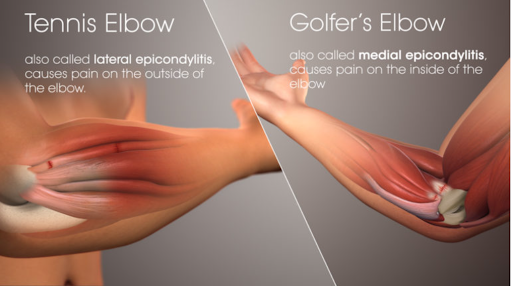
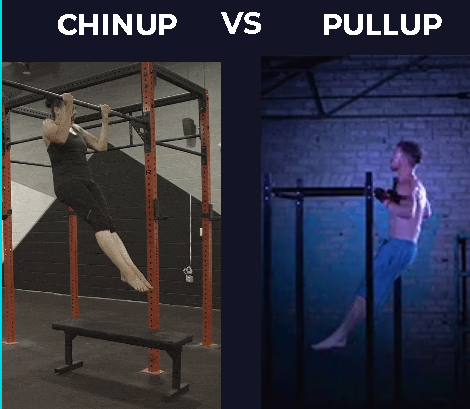
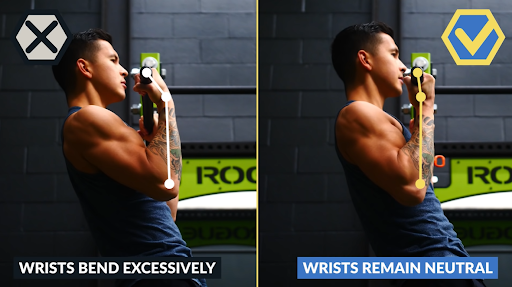
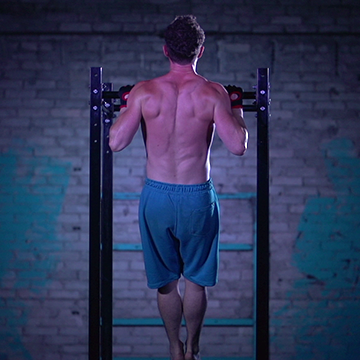
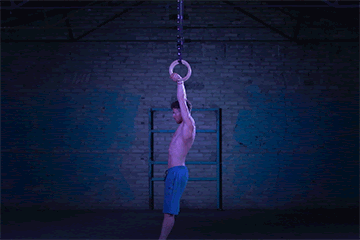
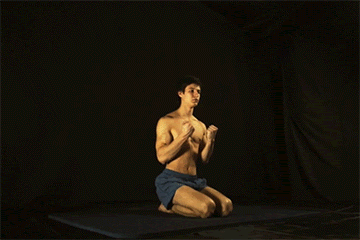

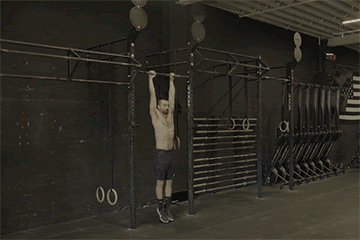
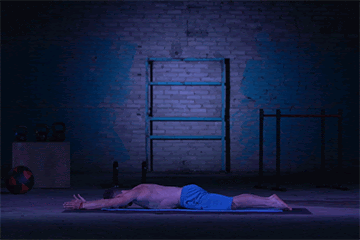
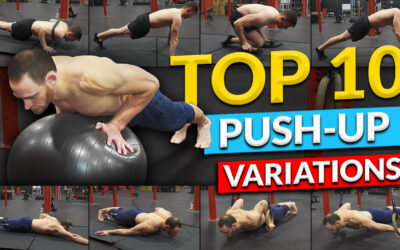
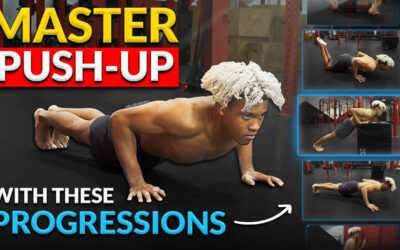

0 Comments